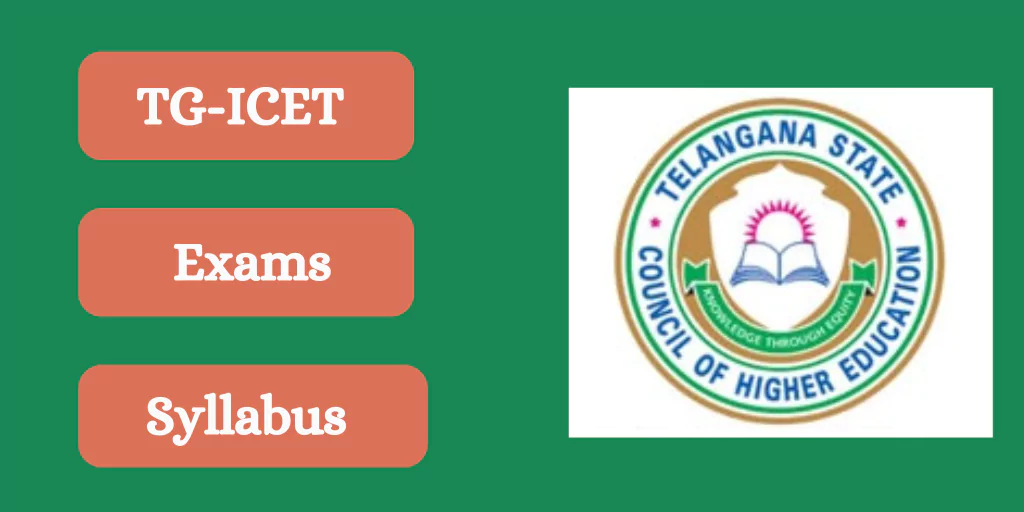Have you ever wondered about the intricate roles that keep our public transport system running smoothly? 🚌 As you board an APSRTC bus, you might not realize the complex responsibilities that conductors and drivers manage behind the scenes. From ensuring passenger safety to navigating bustling city streets, these unsung heroes play a crucial role in your daily commute.
But what exactly are the duties of APSRTC conductors and drivers? How do they balance customer service with operational efficiency? And what strict protocols and safety measures do they follow to keep you safe on your journey? 🤔 In this blog post, we’ll pull back the curtain on the fascinating world of APSRTC staff, revealing the hidden complexities of their jobs and the dedication required to keep Andhra Pradesh moving.
Join us as we explore the seven key areas of responsibility for APSRTC conductors and drivers, from their core duties to the cutting-edge technology they use. You’ll gain a newfound appreciation for these essential workers and understand why their roles are so vital to our state’s smooth operation of public transportation. Let’s dive in and discover the remarkable world of APSRTC conductors and drivers!
1. APSRTC Conductor Responsibilities

A. Ticket collection and verification
APSRTC conductors play a crucial role in ensuring a smooth journey for passengers. Your primary responsibility is ticket collection and verification. You’ll need to check each passenger’s ticket, ensuring its validity and collecting fares from those without pre-purchased tickets. This process helps maintain the financial integrity of the transport system.
B. Ensuring passenger safety
Your safety is our top priority. As a conductor, you’re responsible for:
- Monitoring passenger behavior
- Assisting with boarding and alighting
- Ensuring adherence to safety protocols
| Safety Measure | Description |
|---|---|
| Passenger count | Maintain accurate passenger count |
| Emergency procedures | Know and communicate emergency protocols |
| Safety equipment | Ensure availability and functionality |
2. APSRTC Driver Duties

A. Safe vehicle operation
As an APSRTC driver, your primary duty is to ensure the safe operation of your vehicle. You’re responsible for maintaining a steady speed, keeping a safe distance from other vehicles, and adjusting your driving to suit weather conditions. Your passengers’ lives are in your hands, so vigilance and caution are paramount.
B. Route navigation
Navigating your assigned routes efficiently is crucial. You must be familiar with the roads, potential traffic hotspots, and alternative routes. Here’s a quick overview of your navigation responsibilities:
| Responsibility | Description |
|---|---|
| Route knowledge | Memorize all stops and landmarks |
| Time management | Adhere to the schedule while ensuring safety |
| Adaptability | Be prepared to take detours when necessary |
3. Customer Service Expectations

A. Polite and professional communication
You’ll find APSRTC conductors and drivers maintaining a courteous demeanor at all times. They greet passengers warmly, provide clear information, and respond to queries patiently. This professional approach ensures a positive travel experience for all.
B. Assisting passengers with special needs
| Special Need | Assistance Provided |
|---|---|
| Elderly | Help with boarding/alighting |
| Disabled | Wheelchair assistance |
| Children | Extra attention and care |
APSRTC staff are trained to offer special assistance to those who need it. You’ll observe them helping elderly passengers, assisting with wheelchairs, and ensuring children’s safety. This commitment to inclusivity makes APSRTC services accessible to all.
4. Operational Protocols

A. Coordination between conductors and drivers
You’ll find that seamless coordination between conductors and drivers is crucial for APSRTC’s efficient operation. Effective communication ensures:
- Timely departures
- Smooth passenger boarding
- Quick resolution of issues
| Conductor’s Role | Driver’s Role |
|---|---|
| Passenger management | Vehicle operation |
| Ticket collection | Route navigation |
| Schedule monitoring | Safety compliance |
B. Reporting incidents and emergencies
As an APSRTC employee, you’re responsible for promptly reporting any incidents or emergencies. This includes accidents, mechanical failures, or passenger-related issues. Your quick action helps maintain safety and service quality for all passengers.
5. Legal and Regulatory Compliance

A. Maintaining valid licenses and certifications
You must keep your licenses and certifications current as an APSRTC conductor or driver. This includes regularly renewing your driving license and any specialized certifications required for your role. Staying up-to-date ensures compliance with legal requirements and maintains your eligibility to perform your duties effectively.
B. Adhering to APSRTC policies
| Policy Area | Key Requirements |
|---|---|
| Uniforms | Wear clean, pressed uniforms |
| Punctuality | Arrive on time for shifts |
| Conduct | Maintain professional behavior |
You’re expected to follow APSRTC’s policies rigorously. This includes adhering to dress codes, maintaining punctuality, and upholding professional conduct standards. Familiarize yourself with these policies to ensure compliance and contribute to a positive work environment.
6. Safety Measures

A. Pre-journey safety checks
Before embarking on any journey, you must conduct thorough pre-journey safety checks. These include inspecting the vehicle’s tires, brakes, lights, and mirrors. You’ll also need to ensure that all emergency equipment is present and in working order.
| Safety Check Item | Action Required |
|---|---|
| Tires | Check pressure and tread |
| Brakes | Test functionality |
| Lights | Ensure all are working |
| Emergency Equipment | Verify presence and condition |
B. Emergency procedure knowledge
You should be well-versed in emergency procedures to handle any unforeseen situations. This includes:
- Evacuation protocols
- Fire safety measures
- First aid administration
- Communication with authorities
7. Technology and Equipment Usage

A. Operating ticketing machines
You’ll find APSRTC conductors adept at using modern ticketing machines. These devices streamline fare collection and ticket issuance, ensuring accuracy and efficiency. Here’s a breakdown of their key functions:
| Function | Description |
|---|---|
| Fare calculation | Automatically computes ticket cost |
| Ticket printing | Generates physical or digital tickets |
| Transaction logging | Records all ticket sales for auditing |
B. Using communication devices
As an APSRTC conductor or driver, you’ll utilize various communication tools to stay connected. These devices are crucial for maintaining smooth operations and ensuring passenger safety. Some common communication equipment includes:
- Two-way radios for contacting dispatch
- GPS systems for route navigation
- Mobile apps for real-time updates
Conclusion
As an APSRTC conductor or driver, you play a crucial role in ensuring safe, efficient, and customer-friendly public transportation. Your responsibilities extend far beyond simply collecting fares or operating vehicles. You are the face of APSRTC, responsible for maintaining operational protocols, adhering to legal and regulatory requirements, and implementing essential safety measures.
Remember, your commitment to excellent customer service, proper use of technology and equipment, and strict adherence to safety protocols directly impacts the passenger experience and the overall success of APSRTC. By consistently fulfilling your duties with professionalism and care, you contribute significantly to the smooth operation of Andhra Pradesh’s public transportation system and the satisfaction of countless passengers who rely on your services daily.






